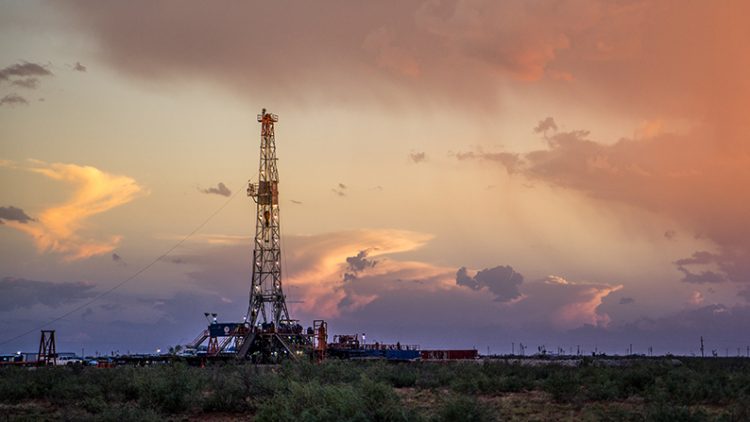 *Chevron’s triple-frac cuts well completion time by 25%
*Chevron’s triple-frac cuts well completion time by 25%
*Technique reduces costs per well by 12%
*Triple-frac requires 60% more water and sand per day
By Sheila Dang
HOUSTON, April 9 – U.S. oil major Chevron plans to increase the use of a technique that allows it to fracture subterranean rock in three wells at a time in the Permian basin, the company told Reuters, in an effort to cut the time and cost of producing oil.
Chevron’s expansion of the technique, known as triple-frac, comes as the second-largest U.S. oil producer expects to continue growing output in the Permian, the biggest U.S. oilfield, even as it begins to slow spending in the basin.
The shale oil revolution in the United States has been driven by technological advancement. The widespread deployment of hydraulic fracking, which involves drilling wells and injecting sand and water into them to fracture rock and extract oil and gas, made previously uncommercial fossil fuel deposits held in shale rock profitable in the late 2000s.
Chevron began employing triple-frac for the first time in the Permian in March last year. This year the company plans to use it on 50% to 60% of its wells in the basin, up from 20% last year, Jeff Newhook, a completions operations manager, told Reuters in an interview.
The extent of Chevron’s planned deployment of the technique to new wells has not previously been reported.
Fracking three wells at once allows Chevron to complete each well and bring them to production in 25% less time, Newhook said, which translates to a 12% reduction in costs per well.
“What’s really in it for us is a more efficient use of capital and a better return on our investment,” he said.
Fracking two wells at once has grown in popularity as oil producers look for efficiency, but fracking three or even four at a time remains a niche strategy, said Thomas Parambil Jacob, senior vice president at consultancy Rystad Energy.
Companies that can complete wells more quickly have an advantage over competitors, particularly in shale fields, where oil production quickly decreases over time, said Hugh Daigle, an associate professor at University of Texas at Austin’s department of petroleum and geosystems engineering. Shale producers have continued to innovate over the years, learning to bend drill bits horizontally and drill longer distances. Recent innovation has added artificial intelligence to process drilling data in real time for better results.
Triple-fracking requires the same amounts of sand and water as fracking one well at a time, but uses them more quickly, meaning Chevron needs 60% more water and sand per day when using the technique, Newhook said.
That creates a logistical challenge for sand and water supply, with more than 10 trucks arriving per hour to deliver sand to the well pad.
The company has also begun fracking three wells at a time in another shale field, the Denver-Julesberg basin in Colorado, Newhook said.
Chevron uses mostly electric-powered equipment for triple-fracking, which consumes 50% more power per day than fracking one well at a time, he added.
Triple-frac also requires more capital spending upfront to have enough wells drilled in advance, Daigle said.
Chevron hit production of 1 million barrels of oil equivalent per day from the Permian in December and aims to increase output by about 10% this year, CEO Mike Wirth has said previously.
After this year, Chevron expects Permian production growth will begin to slow as the company focuses on generating free cash flow.
(Reporting by Sheila Dang in Houston; Editing by Simon Webb and Nia Williams)